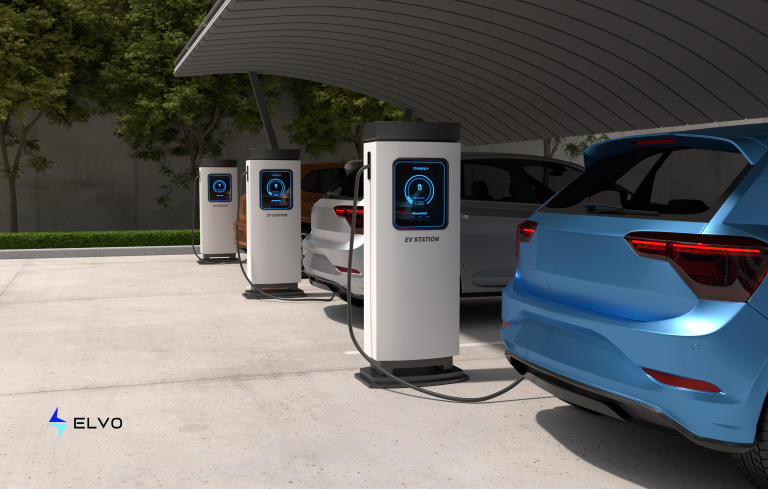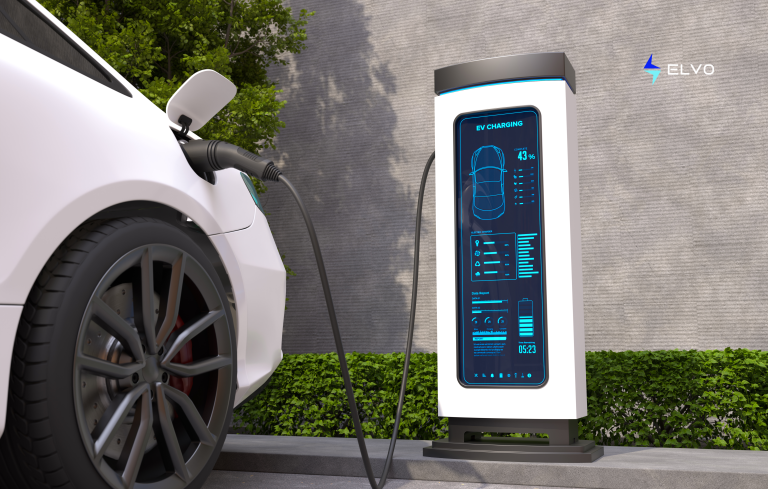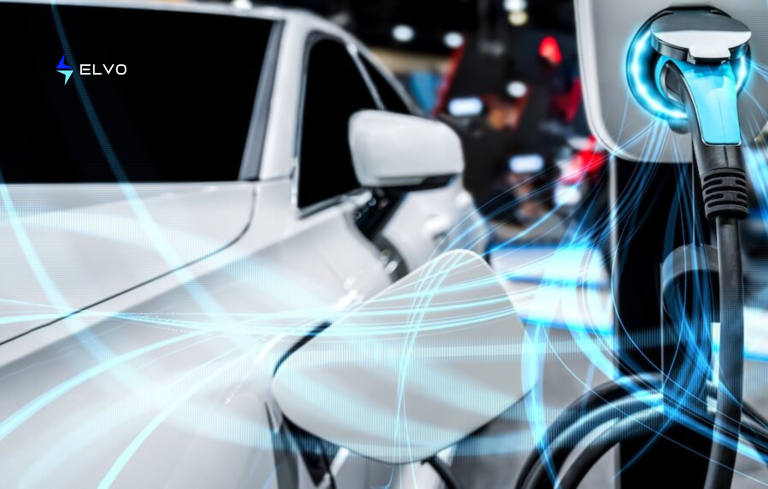Electric Vehicle Charging Stations Parts – Explained
Welcome to your go-to guide on Electric Vehicle (EV) Charging Station Parts. Diving into the complexities of EV charging doesn’t have to be daunting. Here, we’ll make everything clear and straightforward, from the cables that power up your vehicle to the technology behind the scenes. Tailored for the EV-savvy and the newly intrigued alike, this article will illuminate the components that keep your green ride going.
Let’s jump right in and unravel the secrets of EV charging stations together, equipping you with all the essentials for your electric adventure. Whether you’re aiming to boost your knowledge or simply have a budding curiosity about electric vehicles, you’ve landed at the ideal spot.
Key Components of EV Charging Stations
Charging Cables and Connectors
One of the most crucial and noticeable components of any electric vehicle (EV) charging system is the charging cable paired with the connector. These elements are expertly engineered to safely manage the high electrical currents required during the charging process. Various types of connectors exist, adapted to different global standards and vehicle requirements.
Among the most widespread are Type 1 (SAE J1772), commonly used in North America; Type 2 (IEC 62196), prevalent in Europe; CCS (Combined Charging System), which supports fast charging for both European and American vehicles; and CHAdeMO, primarily used by Japanese vehicles. The type of connector a vehicle can use depends on its compatibility with these standards, and this choice directly affects the charging station’s performance in terms of speed and efficiency. Therefore, selecting the right connector is essential for optimizing the charging process.
Electric Supply and Conversion
The core of every electric vehicle (EV) charging station lies in its connection to an electrical power supply, which is crucial for its operation. Most residential chargers leverage an AC (Alternating Current) power source and depend on the vehicle’s onboard charger to convert this AC power into DC (Direct Current) for storage in the vehicle’s battery. This process is generally slower but suitable for overnight home charging.
On the other hand, public charging stations are typically equipped to deliver DC power directly. This setup bypasses the vehicle’s onboard conversion system and allows for significantly quicker charging times, making it ideal for quick top-ups during longer journeys. The components involved in power conversion at these stations are critical; they must not only be highly efficient to minimize energy loss but also exceptionally reliable and safe to prevent any hazards during the charging process.
Control and Management Systems
Control and management systems are essential for ensuring the safety, efficiency, and ease of use of the EV charging process. These systems manage power flow, monitor connection integrity, and dynamically adjust the charging rate based on the vehicle’s battery status and user preferences. Advanced electric vehicle charging software enhances this setup by enabling smart EV charging features, like scheduling sessions during off-peak hours to benefit from lower electricity rates and connecting with grid systems for optimal energy use, making the entire process more cost-effective and eco-friendly.
User Interface
The user interface serves as the critical touchpoint for interaction between the electric vehicle (EV) owner and the charging infrastructure. In modern setups, this interface might manifest as intuitive touchscreen displays at the charging station, clear LED indicators, or seamless smartphone applications, all crafted to provide the user with essential real-time data. This data typically includes comprehensive information about the current charging status, associated costs, and an estimated time until the charging session is complete.
Having a user interface that is thoughtfully designed is vital for improving the overall user experience by making the process of EV charging more straightforward, accessible, and convenient for EV owners. It not only simplifies the interaction but also helps build user confidence and satisfaction with the technology, thereby fostering wider adoption of electric vehicles.
Payment and Authorization Systems
As electric vehicle (EV) charging stations increasingly populate public and semi-public areas, the need for advanced payment and authorization systems has become indispensable. These systems, leveraging technologies like RFID (Radio-Frequency Identification), smartphone applications, or contactless credit cards, allow for effortless user identification and automated billing, making the charging process smoother.
Offering a variety of secure and flexible payment options not only improves user convenience but also ensures the economic sustainability of the EV charging infrastructure. Secure transactions and payment flexibility are crucial for attracting a wider user base, bolstering EV adoption, and supporting the expansion of charging network services.
Safety Mechanisms
To guarantee the safety of electric vehicles (EVs) and users, EV charging stations must integrate effective safety features. These include circuit breakers to halt power during surges, preventing electrical damage, and ground fault protection to avert electric shocks by spotting current leaks. Additionally, overcurrent protection through fuses prevents risks like overheating and potential fires.
For high-power, fast charging stations, installing temperature sensors and cooling systems is crucial for controlling the intense heat generated, keeping the system at safe operating temperatures. Such measures not only safeguard the charging infrastructure but also enhance the charging efficiency and extend the lifespan of the station.
Networking and Communication
Connectivity features are crucial for linking the charging station to the vehicle and backend systems, enabling functionalities like remote monitoring, firmware updates, and smart grid integration. This allows vehicle owners to remotely track charging progress and gives operators the tools to optimize station performance and maintenance.
Utilizing real-time data, operators can increase station reliability, schedule proactive maintenance, and adjust charging rates based on grid demand, improving efficiency and sustainability across the charging network.
Environmental Protection
Given their exposure to the elements, EV charging stations require strong environmental protection features to ensure durability. These include weather-resistant materials and designs to withstand extreme temperatures, moisture, rain, and UV exposure. Such protections are essential for maintaining the stations’ reliability and extending their lifespan, thereby upholding a dependable charging infrastructure. By mitigating environmental wear and tear, these features not only reduce maintenance costs but also ensure consistent access to charging services for EV users, supporting the growth of the global EV charging network.
Conclusion
In conclusion, this article has provided a clear and straightforward explanation of the various parts that make up EV charging stations. From essential connectivity features that facilitate operation and smart grid integration, to crucial environmental protection measures that ensure the stations’ resilience, we’ve covered the core components in simple terms. Understanding these elements is key to learning how EV charging stations function and the technology behind them, which is vital as the world moves towards greener transportation solutions.







